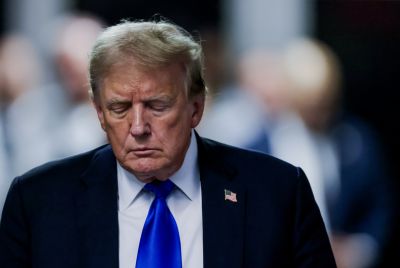FDIC says U.S. toxic asset plan means taxpayer profits
A U.S. government plan for a public-private investment fund to buy distressed assets to help clean up banks' balance sheets is likely to generate a healthy profit for taxpayers and investors, the head of the Federal Deposit Insurance Corp said on Wednesday.
Treasury Secretary Timothy Geithner offered a framework last month for a public-private investment fund, which would initially leverage some $500 billion to purge toxic assets from a weakened U.S. banking system. The program would involve the use of public financing to leverage private capital, but the government has yet to detail how it would work.
Bair said banks were eager to get rid of assets that have sunk in price due to an illiquid market and there were plenty of potential buyers.
We think there is significant interest by many of the banks to have a facility where they can fill these assets and we think there is significant interest among investors to buy these assets at a reasonable price so there is good upside potential, she told Marketplace.
More information about the program would be released within the next few weeks by the Treasury Department, Bair said.
The public-private investment fund should disclose the names of investors, as well as prices paid for assets to help create a market for them, she said.
You want transparency, you want the pricing out there, so others can see what it is, Bair said. I'm hopeful those (disclosure) reports will show that taxpayers are making a healthy profit off this endeavor, and I think they will.
Bair's agency, which has overseen 17 bank failures so far in 2009, has experimented with a public-private partnership.
Last month, the FDIC announced a $1.45 billion structured sale of distressed loans from a failed Nevada bank. The agency placed the loans into a pool and used a bidding process to sell a 20 percent stake in the assets to two successful bidders, Diversified Business Strategies and Stearns Bank NA.
(Reporting by Julie Vorman; Editing by Andre Grenon)
© Copyright Thomson Reuters 2024. All rights reserved.





















